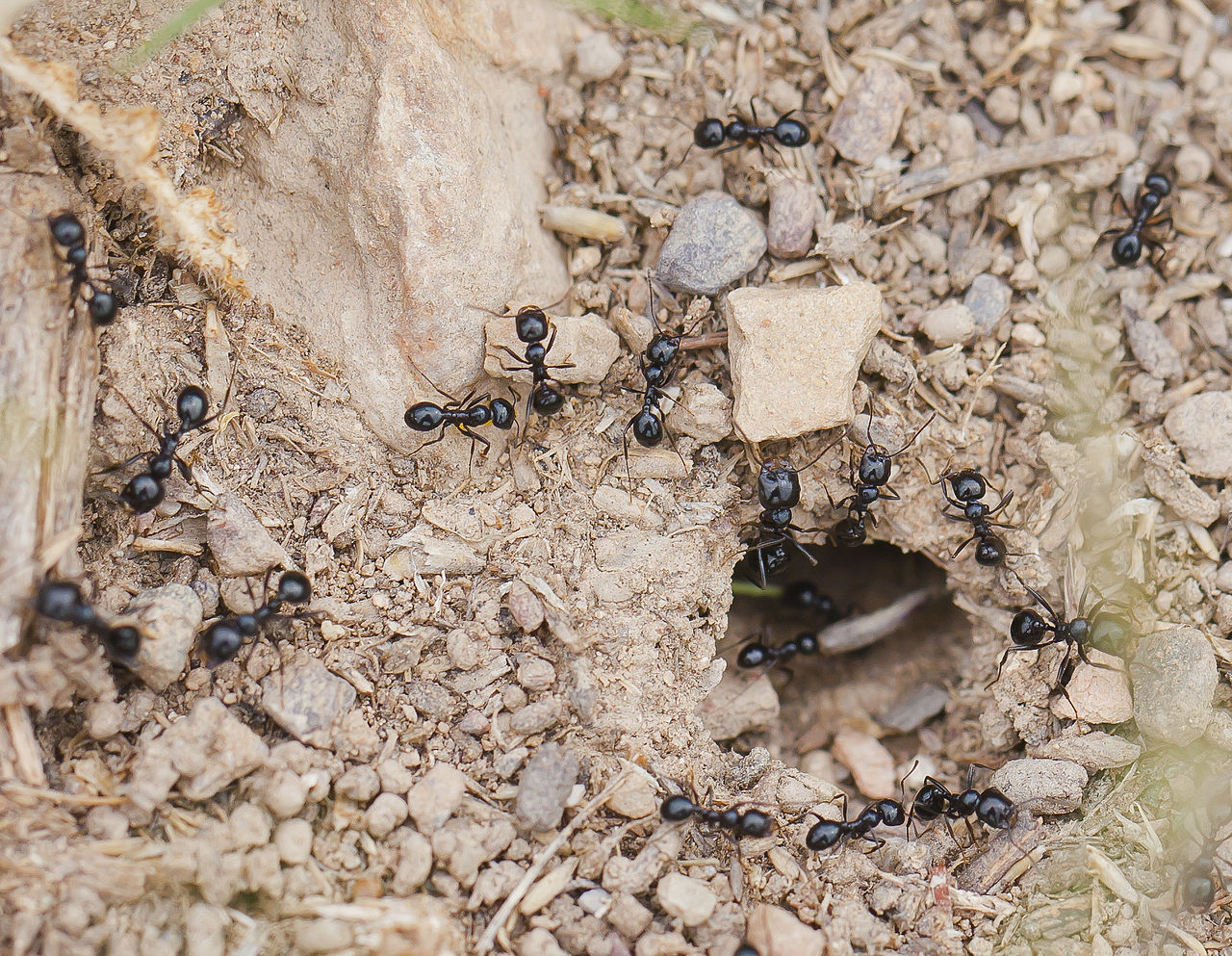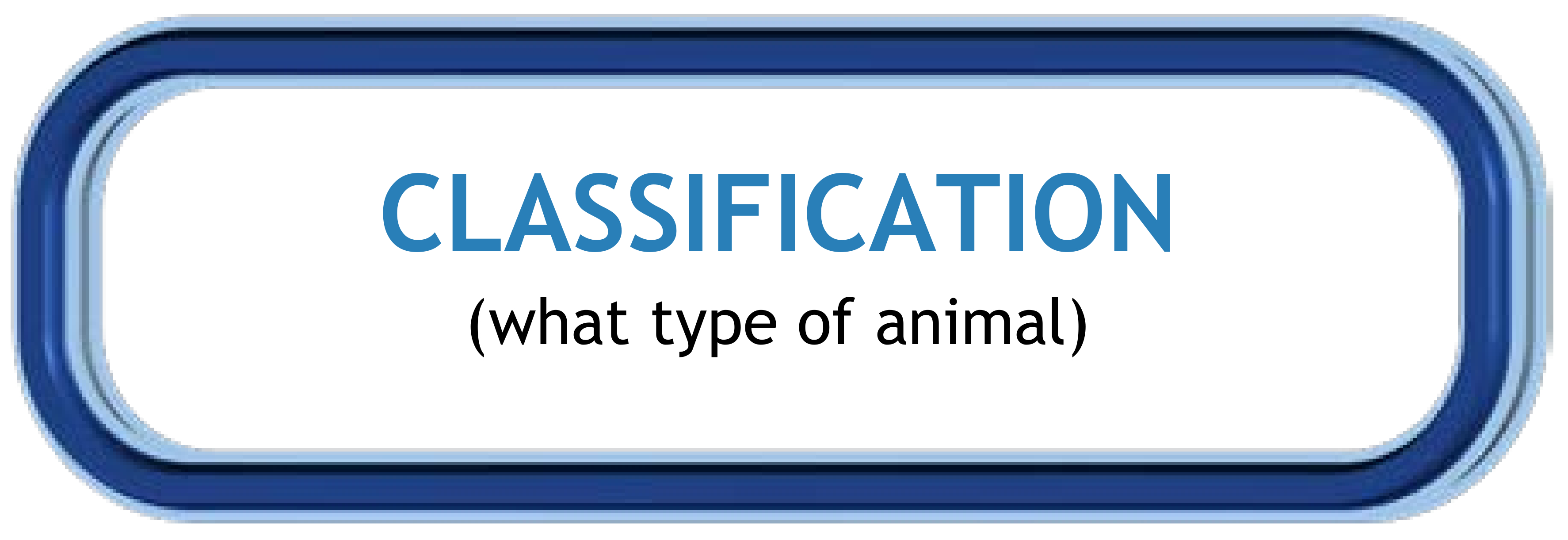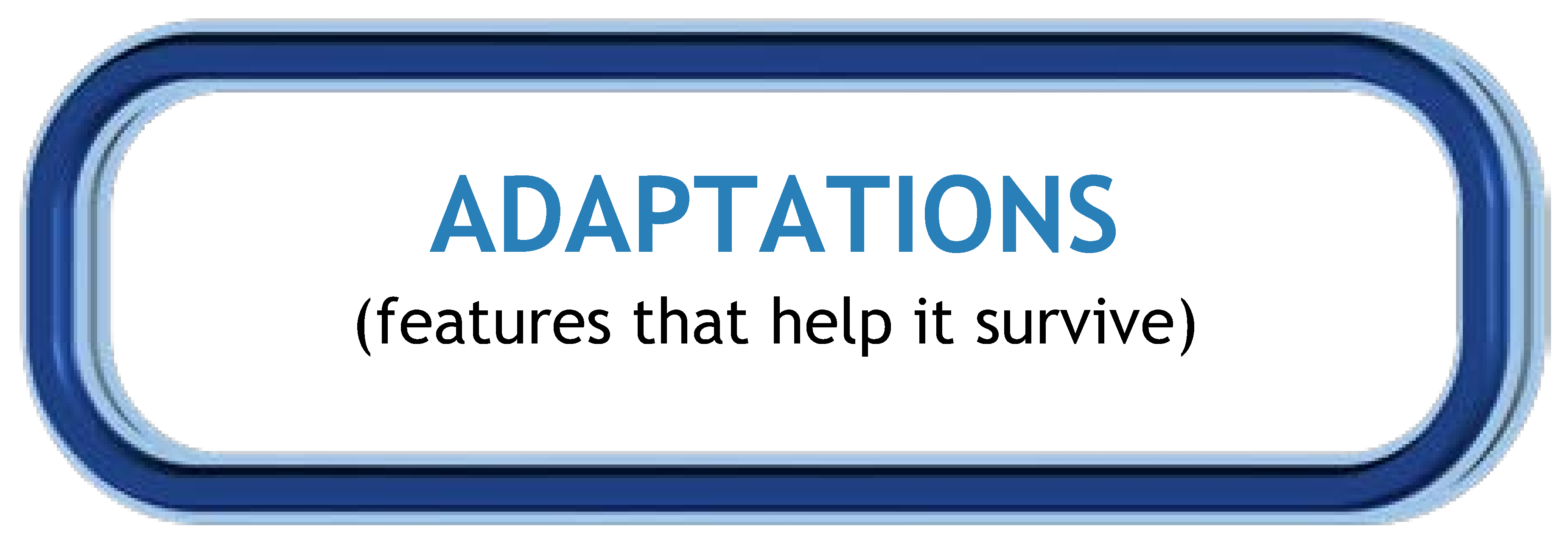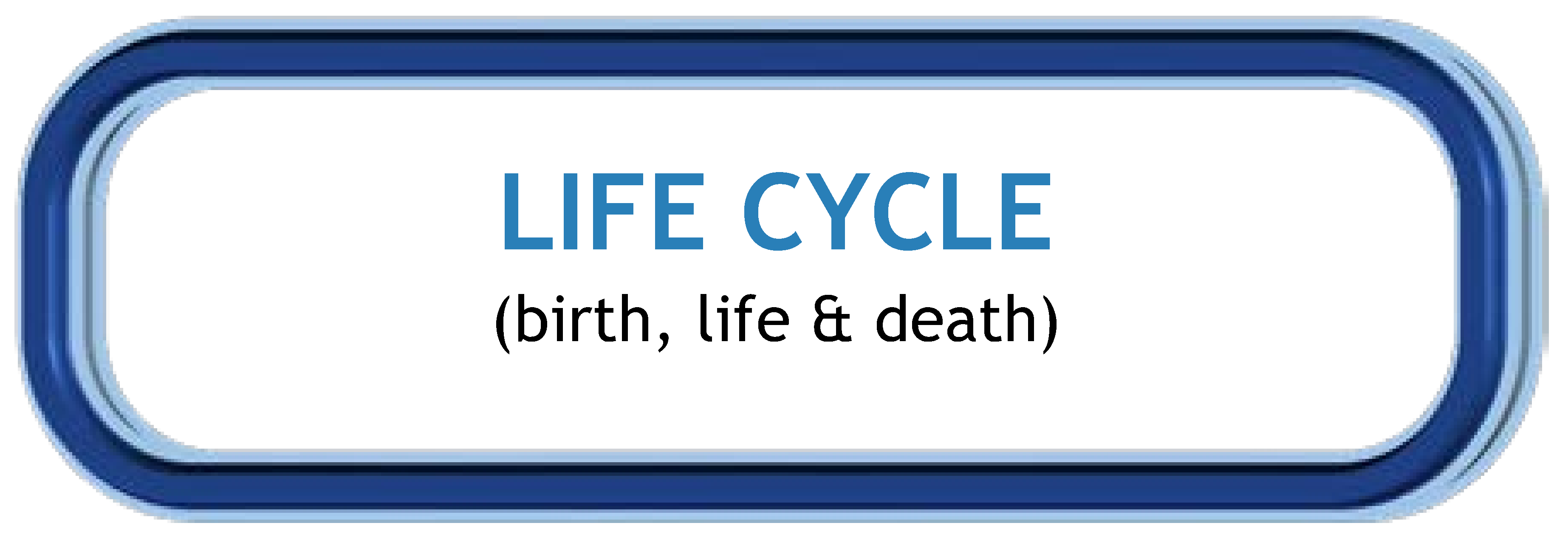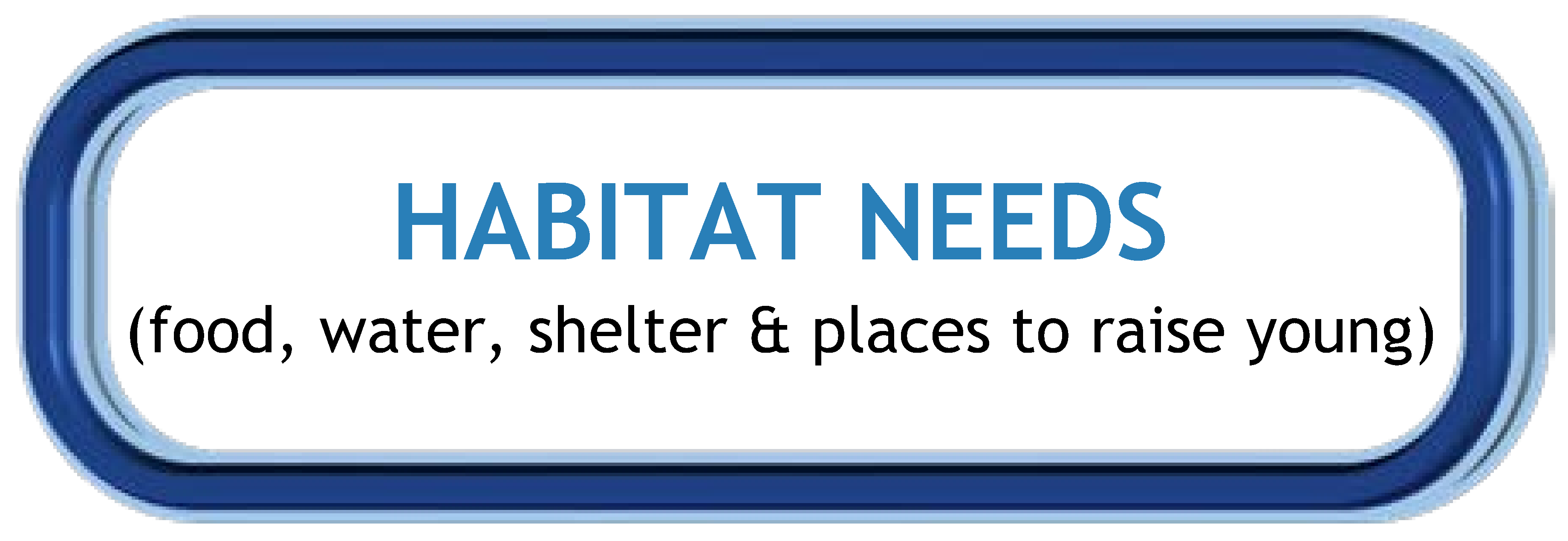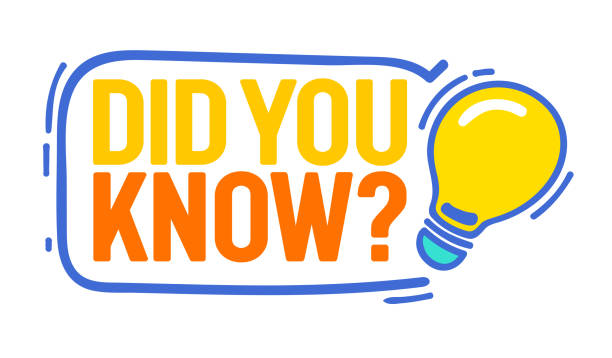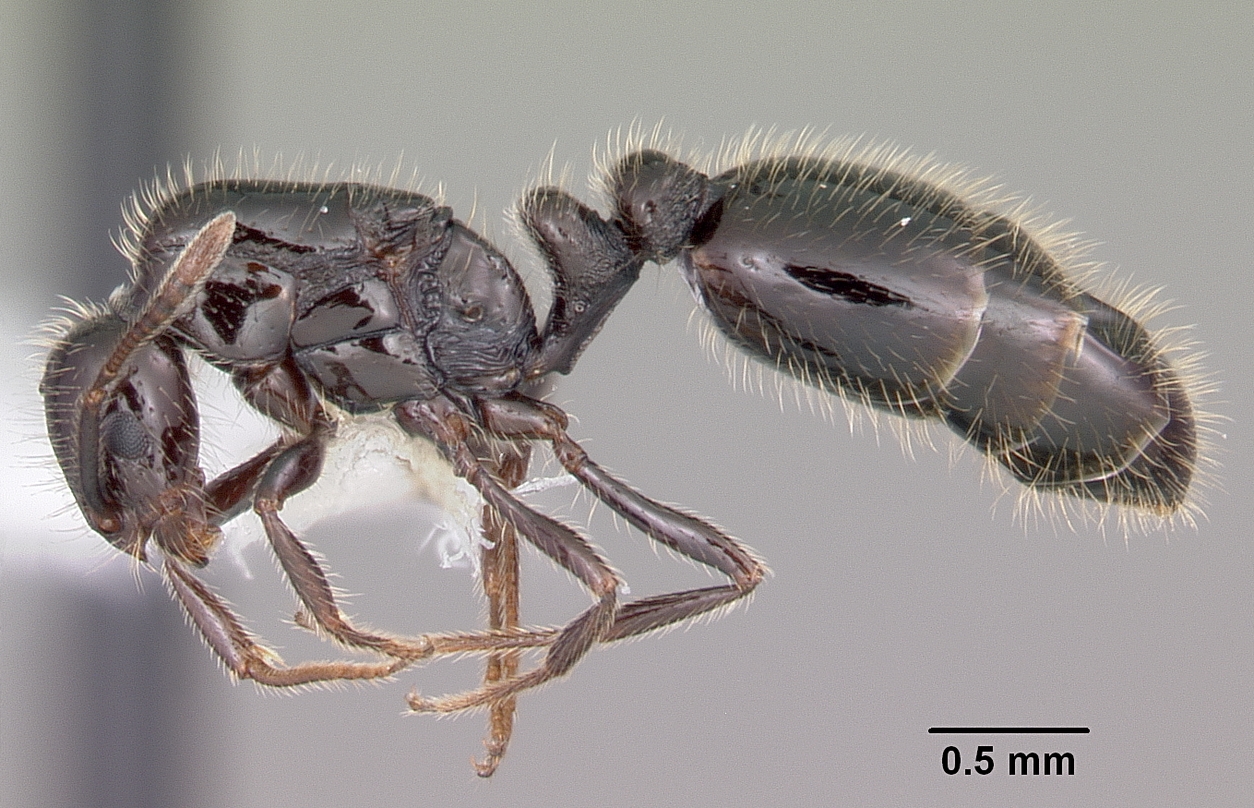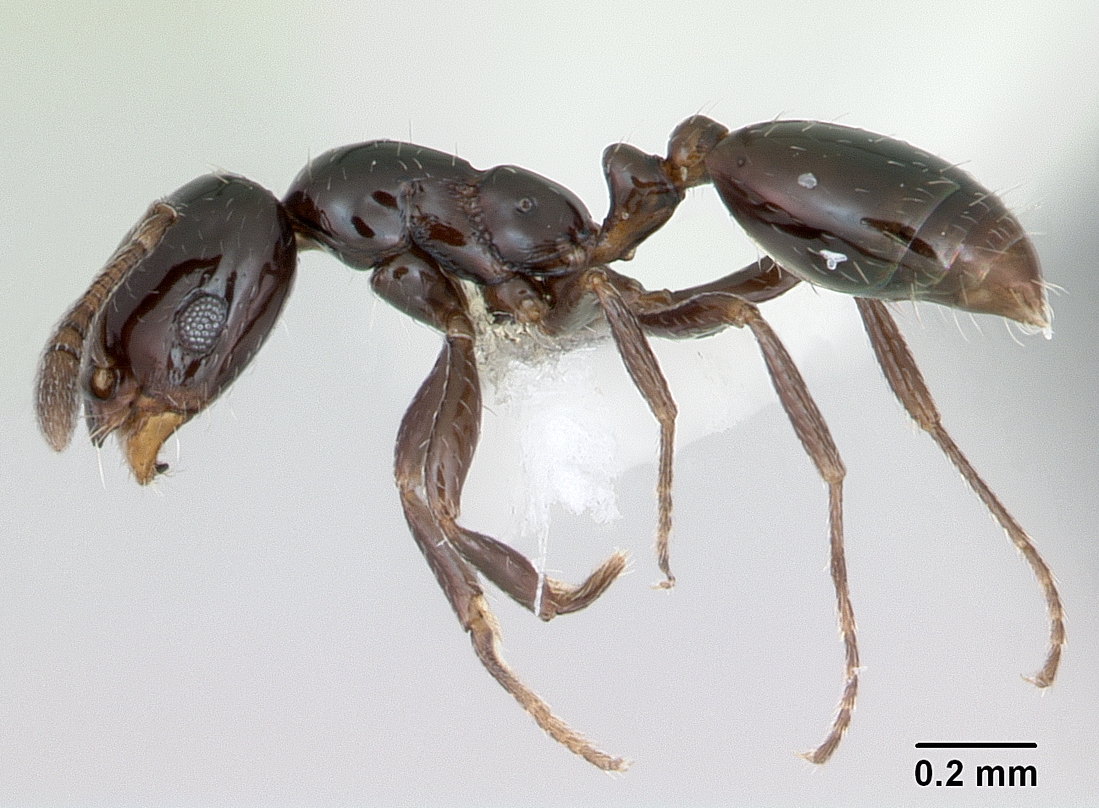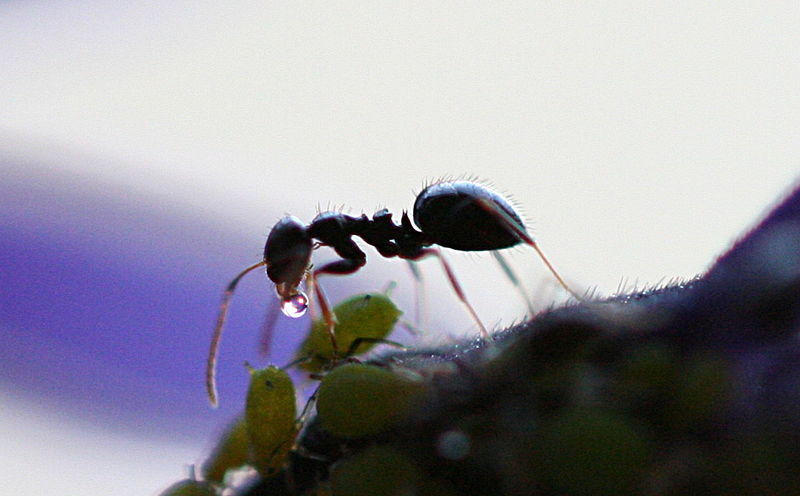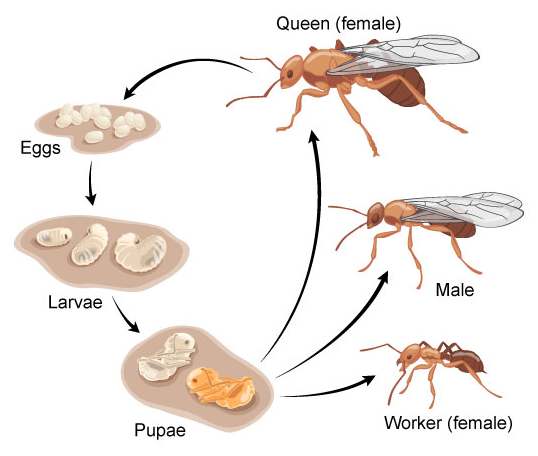Wonders of Wildlife: Little Black Ant
Little Black Ant
Scientific Name: Monomorium minimum
Found in Alabama: Statewide
Diet: Carnivore (eats animals) |
|
Little Black Ant in Habitat
Wikimedia - Diego Delso
Click image to enlarge it |
Learn more about...
| CLASSIFICATION |
| |
|
|
What type of animal am I?
- I am an invertebrate (an animal without a spine or backbone).
- I am cold-blooded, so I cannot control my body temperature.
- I have a stiff covering on the outside of my body called an exoskeleton.
- I breathe through small holes in my abdomen called spiracles.
- I have six legs.
- I am normally recognized without wings, but some individuals (males and the queen) do have wings.
|
Scientists use basic traits to group animals into different taxonomic classes.
For a taxonomic classification chart comparing key traits of common backyard wildlife,
CLICK HERE! |
|
| The Little Black Ant is an INSECT! |
| IDENTIFICATION TIPS |
| |
|
| ADULT ANT |
Little Black Ants - Monomorium minimum
Bugguide.net - Sam Houston
Click image to enlarge it |
| |
- About 1/16 of an inch long (smaller than the eraser on the end of a pencil)
|
- Shiny black and reddish-brown coloration
|
- Antennae have club-shaped tips
|
| |
|
| |
|
|
| QUEEN |
WORKER (FEMALE) |
MALE |
- Larger than the males and workers
- Have wings
|
- Smaller than queens and males
- Do not have wings
|
- Smaller than queens but large than workers
- Have wings
|
Little Black Ant Queen
April Nobile - From www.AntWeb.org
Click image to enlarge it
|
Little Black Ant Worker
April Nobile - From www.AntWeb.org
Click image to enlarge it |
Monomorium sp. male
© Seth Burgess, used by permission
Click image to enlarge it
|
| ADAPTATIONS |
| |
| PHYSICAL ADAPTATIONS |
| |
| Little Black Ants are very small: |
- They can fit in small, tight places because of their small size.
- Predators might have a harder time finding or accessing ants due to thier size.
|
| |
| Little Black Ants are very strong: |
- Little black ants can carry 10 - 50 times their body weight.
- Their joints (where their different body parts connects) can experience more than 3,000 times their body weight without breaking.
- This allows an ant to carry a large piece of food (that weigh as much as 10-50 ants) back to its colony.
|
| |
| Little Black Ants can communicate with each other: |
- Little black ants communicate by releasing chemicals called pheromones to communicate.
- An ant can release a trail of pheromones (like a scent) to lead other ants to food.
- Instead of using sight, they use their antennae to follow this scented trail.
- The pheromones can also tell others to attack intruders.
- Ants can also communicate by touching each other and through vibrations.
|
| |
| Little Black Ants can walk on their feet while hanging upside down: |
- Little black ants have sticky (adhesive) pads on their feet that help them walk up tree trunks and along the bottom of leaves or branches when they are upside down.
|
| |
| BEHAVIORAL ADAPTATIONS |
| |
| Little black ants are diurnal: |
- They are active during the day (diurnal).
|
| |
| Little black ants work as a group: |
- Because of their small size, little black ants must work as a group to defend their resources.
- Each colony can have over 2,000 worker ants.
- Worker ants use their stingers to defend against larger ants that might compete for the same resources.
|
| |
| Little black ants protect themselves with a toxin: |
- Gaster flagging is a defensive behavior used by the little black ant.
- The back end of the ant is called the gaster.
- When a little black ant is stressed, it raises its gaster and releases a toxin (chemical poison produced by a living organism).
- The poisons repel competitors that may be after the same resources.
- If a competitor does not respond to this warning, the ant will engage in combat.
|
Ants in Battle (species unknown)
Dreamstime
Click image to enlarge it |
| |
| Little black ants are eusocial: |
- Ants are considered a eusocial species which means they live in colonies, divide the labor and reproductive duties, and have overlapping generations.
- The colonies contain mostly worker ants (females) and queen ants.
- Each colony can range from tens of thousands to hundreds of thousands of individuals with 2-38 queens per colony.
- The queen ants are fed more as larvae (babies) and grow to be larger.
- The queen has the responsibility of reproducing (producing more babies).
- Other females that are not fed as much as larvae become workers.
- The workers are responsible for keeping the colony clean and feeding the brood (the babies).
- Males only live for a few weeks during the summer when breeding occurs.
- Males and queens have wings, allowing them to spread out to find mates.
- The queen may remove her wings after forming a new colony.
|
| |
| Little black ants and aphids help each other survive: |
- Little black ants and aphids have a mutualistic relationship (when both species benefit).
- While feeding on plants, aphids produce a sugary liquid called honeydew.
- Ants rely heavily on honeydew as a food source, so they use their toxins (chemical poison produced by organisms) and stingers to protect the aphids against other ants that compete for the same resource.
- This behavior benefits the aphids by providing protection and benefits the ants by ensuring they have access to the honeydew.
|
Ant, Aphid, and Honeydew
Wikimedia - Dawidi, Johannesburg, South Africa
Click image to enlarge it
|
| LIFE CYCLE |
| |
|
An Ant's Life Cycle
Wikimedia - Tate Holbrook
Click image to enlarge it |
|
Metamorphosis is the process of physical change that some animals go through as they transform from a larvae into an adult. |
|
| |
|
| Four Life Cycle Stages of the Little Black Ant |
| |
|
1. Egg: |
- Females lay soft-shelled eggs in chambers in the soil.
|
| |
|
2. Larvae: |
- The larvae (young) are soft-bodied and do not have legs or antennae.
- The queen feeds the larvae.
|
| |
|
3. Pupa: |
- The larvae enter a pupa stage in which they do not move and are not fed.
|
| |
|
4. Adult: |
- After a few weeks in the pupa stage, they emerge as adult black ants.
|
| |
|
Life Span: |
- Queen: several decades
- Workers (females): several months
- Males: several weeks
|
| |
|
NATURAL
Habitat Needs |
ADULTS |
YOUNG |
| Food |
- Little black ants feed on honeydew, a sugary liquid produced by aphids after ingesting plant material.
- They also feed on dead insects.
- They occasionally feed on some live insects.
|
- Larvae (young) are fed regurgitated (food that has been spit back up) food provided by the worker ants.
|
| Water |
- Necessary hydration obtained through food sources.
- Ants may also drink from dew drops on plants or from puddles.
|
| Shelter |
- Build shallow nest cavities in places that have heat and moisture such as under debris, wood, and rocks.
- They can be found in habitats such as forests, meadows, and prairies.
- They also nest in above ground structures like rotted logs and limbs.
|
- The young are kept in a special area within the nest, called the brood chamber.
|
| Places to Raise Young |
- The brood (larval or young ants) are raised and cared for in chambers just beneath the surface of the soil.
|
|
BACKYARD
Habitat Needs |
ADULTS |
YOUNG |
| Food |
- Do not remove aphids on plant material.
- Do not remove rotting logs where other insects can be found.
|
- Young are fed regurgitated (spit up) food provided by the worker ants.
- Do not remove aphids from plants.
- Do not remove rotting logs that provide habitat for insects.
|
| Water |
- Necessary hydration is obtained through food sources.
- Provide native plants that support aphid populations, and do not remove rotting logs.
- Ants may also drink from dew drops on plants or from puddles.
|
| Shelter |
- Do not remove leaf litter, rotting logs, and rocks.
|
| Places to Raise Young |
- Leave leaf litter and rotting logs to allow the ants to create a nest chamber where brood is raised and cared for.
|
|
| ECOLOGICAL ROLE |
| |
|
| Animals play an important ecological role in the health of habitats and ecosystems. |
| |
|
Food Source: |
- The main predators (animals that eat them) of ants include other ants, beetles, birds, frogs, toads, and spiders.
|
| |
|
Decomposer: |
- Little black ants eat dead and decaying insects.
- This helps remove the insects and then return the nutrients to the soil.
|
| |
|
Pollinator: |
- The little black ant may serve as a pollinator - an animal that moves pollen, the powdery yellow substance found in flowers, from one plant to another.
- Pollen in flowers can stick to the tiny hairs on the ant while it searches for nectar or honeydew to eat.
|
| |
|
Spreads Seeds: |
- The little black ant carries seeds from the plant which helps the plant reproduce and create new plants.
|
| |
|
INFORMATION SOURCES FOR THIS SPECIES
.
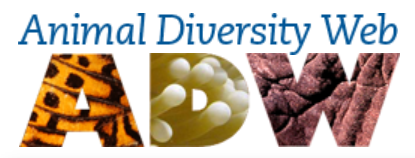



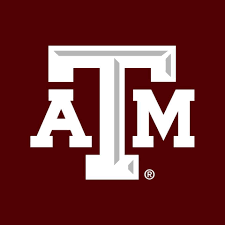
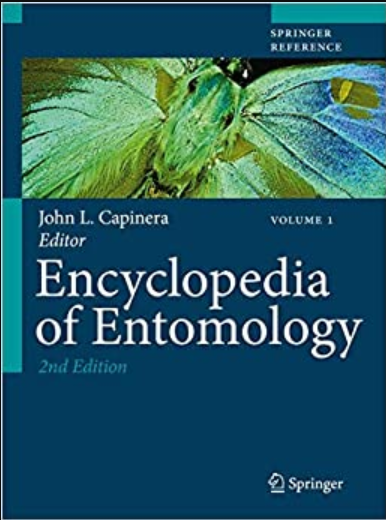





 Wildlife Tag
Wildlife Tag
